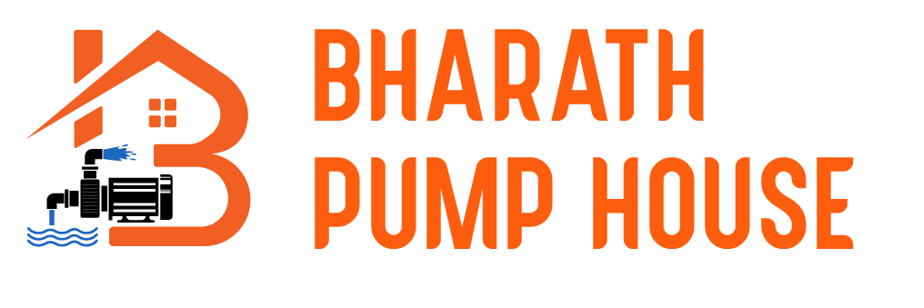🏆 Best Openwell Submersible Pumps in India
Openwell submersible pumps are widely used in India for lifting water from tanks, wells, and sumps. They’re essential in agriculture, domestic water supply, and light commercial applications. In this blog, we rank and describe the top 12 openwell pump brands in India, evaluating them by performance, availability, and after-sales service.
| Rank | Brand | Best Use | Quality of Service |
|---|---|---|---|
| 1 | CRI | Domestic + Agriculture | ⭐⭐⭐⭐ |
| 2 | Kirloskar | Industrial + Heavy Farming | ⭐⭐⭐⭐☆ |
| 3 | Lubi | Commercial, High Flow Areas | ⭐⭐⭐☆ |
| 4 | Crompton | Homes, Small Agri, Villas | ⭐⭐⭐⭐☆ |
| 5 | KSB | Industrial + Commercial | ⭐⭐⭐ |
| 6 | Texmo | Agriculture, Deep Wells | ⭐⭐ |
| 7 | Suguna | Medium-Sized Farms, Rural Areas | ⭐⭐⭐⭐ |
| 8 | Shakti | Solar, Agriculture (Export Grade) | ⭐⭐⭐ |
| 9 | Havells | Bungalows, Tank Filling | ⭐⭐⭐☆ |
| 10 | V-Guard | Home Usage, Water Tank Supply | ⭐⭐☆ |
| 11 | Oswal | Borewells, Entry-Level Farming | ⭐⭐⭐☆ |
| 12 | Usha | Overhead Tank Filling | ⭐⭐⭐ |
🔍 Brand Details
1. CRI Pumps
Use: Homes, agriculture, and small industries
Why Top: ISI certified, energy-efficient, reliable supply chain
Product: ⭐⭐⭐⭐☆
Service: ⭐⭐⭐⭐
2. Kirloskar
Use: Commercial irrigation, heavy farming
Why Top: Rugged designs, voltage stability, brand heritage
Product: ⭐⭐⭐⭐⭐
Service: ⭐⭐⭐⭐☆
3. Lubi Pumps
Use: Commercial buildings, farms
Why Top: Premium-grade materials, silent operation
Product: ⭐⭐⭐⭐
Service: ⭐⭐⭐⭐
4. Crompton
Use: Homes, gardens, villas
Why Top: Compact, durable, copper-wound motors
Product: ⭐⭐⭐☆
Service: ⭐⭐⭐⭐☆
5. KSB
Use: High-pressure industrial or commercial water needs
Why Top: German engineering, hydraulic performance
Product: ⭐⭐⭐⭐
Service: ⭐⭐⭐
6. Texmo (Taro / Aquatex)
Use: Deep bore agriculture, consistent irrigation
Why Top: Durable designs, good motor winding
Product: ⭐⭐⭐⭐
Service: ⭐⭐
7. Suguna
Use: Medium farms, home sump to overhead tanks
Why Top: Cost-effective, trusted among farmers
Product: ⭐⭐⭐☆
Service: ⭐⭐⭐⭐
8. Shakti Pumps
Use: Solar water pumping, agri-commercial
Why Top: Stainless steel build, export-grade models
Product: ⭐⭐⭐⭐
Service: ⭐⭐⭐
9. Havells
Use: Domestic water lifting and tank filling
Why Top: Sleek motors, dry-run protection
Product: ⭐⭐⭐☆
Service: ⭐⭐⭐☆
10. V-Guard
Use: Homes, apartments
Why Top: Energy-saving, compact pump units
Product: ⭐⭐⭐
Service: ⭐⭐☆
11. Oswal
Use: Borewell to tank pumping in rural areas
Why Top: Low-cost spare parts, ISI options
Product: ⭐⭐⭐
Service: ⭐⭐⭐☆
12. Usha
Use: Homes, tank-top applications
Why Top: Affordable, easy to install
Product: ⭐⭐⭐☆
Service: ⭐⭐⭐
